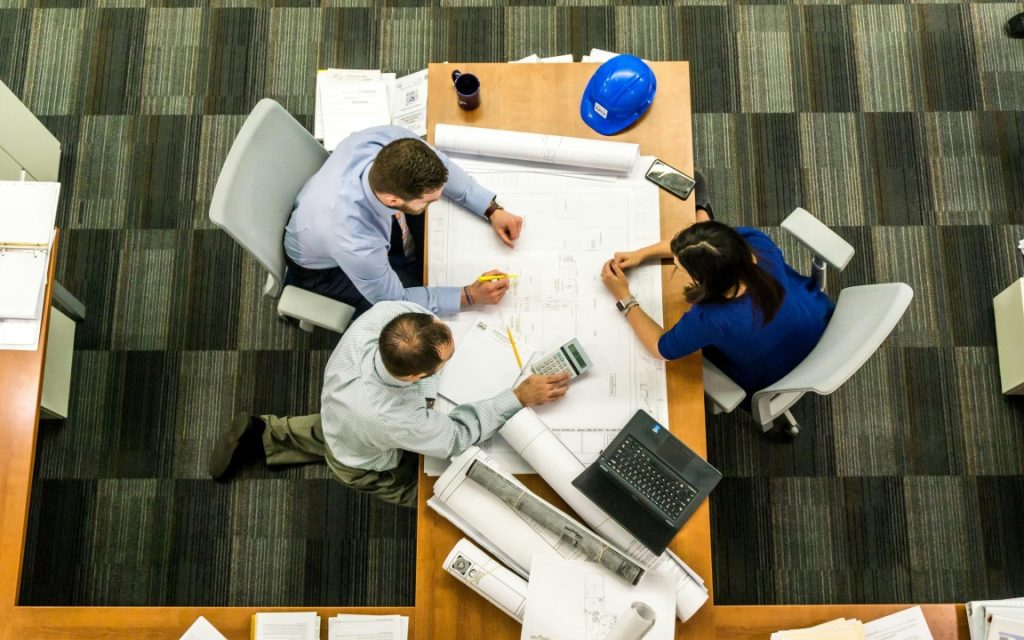Construction projects run on precision, timing, and communication. When even one team falls out of sync, the ripple effects slow everything down—costing companies time and money. As the industry faces tighter deadlines and higher expectations, outdated systems and manual methods no longer cut it. Today’s job sites demand smarter, faster solutions to keep trades aligned, tasks completed on time, and projects on budget. That’s why more construction firms are turning to technology to tighten up their construction coordination efforts and avoid costly missteps.
AI-Powered Tools Are Streamlining Daily Workflows
Artificial intelligence is no longer a futuristic concept in construction—it’s a job site asset. From assigning tasks to flagging delays, AI tools now process vast amounts of data in real time, offering insights that help teams act quickly and adjust schedules on the fly. These systems identify patterns, spot inefficiencies, and recommend better sequencing without requiring hours of human input.
AI is especially valuable during preconstruction, helping teams analyze site logistics and avoid conflicts before a shovel hits the ground. Once work starts, these tools can predict schedule risks and improve resource planning. As AI continues to evolve, it will become even more critical for keeping construction timelines realistic and efficient.
Reality Capture Technology Is Eliminating Guesswork
Reality capture solutions like 360° job site cameras and LiDAR scanning are transforming how teams track progress. Instead of walking a site with a clipboard or reviewing static photos, teams now capture detailed visual updates and generate 3D models that reflect the current state of work. This kind of accurate, on-demand documentation helps stakeholders catch mistakes early and reduces disputes between subcontractors.
Weekly or even daily walkthroughs can now be recorded and shared with off-site team members, clients, or inspectors. Everyone sees the same view of the site, which improves accountability and reduces back-and-forth over what’s been completed and what still needs attention.
Construction Apps Keep Everyone on the Same Page
Mobile technology has brought coordination out of the trailer and into the field. Construction apps now allow field crews, supervisors, and managers to share updates instantly, no matter where they are. Whether it’s uploading photos, submitting RFIs, or checking project plans, these platforms centralize communication and reduce confusion.
- Real-time updates: Field workers can document progress and flag issues as they happen
- Centralized plans: Everyone works from the most current blueprints and documents
- Quick approvals: Delays caused by waiting on signatures or decisions are minimized
- Fewer mistakes: Changes and clarifications reach everyone at once, reducing rework
- Improved safety: Issues that pose a hazard can be communicated instantly
These apps save time, reduce risk, and improve overall coordination between trades, project managers, and owners.
Drones Improve Oversight and Project Tracking
Drones are no longer just for surveying—they now play a big role in construction oversight. With the ability to fly over large or complex sites, drones offer a bird’s-eye view of ongoing progress and potential hazards. They can cover areas that are hard to access and capture footage in a fraction of the time it would take to walk the entire site.
Drone footage helps verify material deliveries, track subcontractor activity, and document safety compliance. For large-scale projects, this consistent visual record helps teams stay on schedule and identify problems before they escalate. It also offers useful documentation for legal protection and project closeout.
Digital Twins Are Changing the Coordination Game
A digital twin is a dynamic, real-time model of a physical structure. Unlike traditional models, a digital twin updates as work progresses, offering an evolving picture of the project. With input from sensors, drones, and cameras, it reflects the job site’s current status and offers data to guide the next steps.
Project teams use digital twins to simulate construction sequences, detect spatial conflicts, and adjust timelines based on actual site conditions. This leads to faster decision-making and reduces delays caused by uncoordinated work. When combined with AI and reality capture, a digital twin becomes a powerful tool for keeping every team aligned and productive.
Ready to Upgrade Your Construction Coordination Strategy?
Construction companies that invest in smart tools and digital solutions are seeing real results—fewer delays, better teamwork, and stronger project outcomes. If your teams are still juggling paper plans and phone calls, now’s the time to explore modern tools that simplify the process. From AI to apps to drones, tech-driven solutions give you the edge to stay competitive and keep every job site moving forward with fewer headaches. Make the switch and discover how smarter construction coordination can transform your next project.






